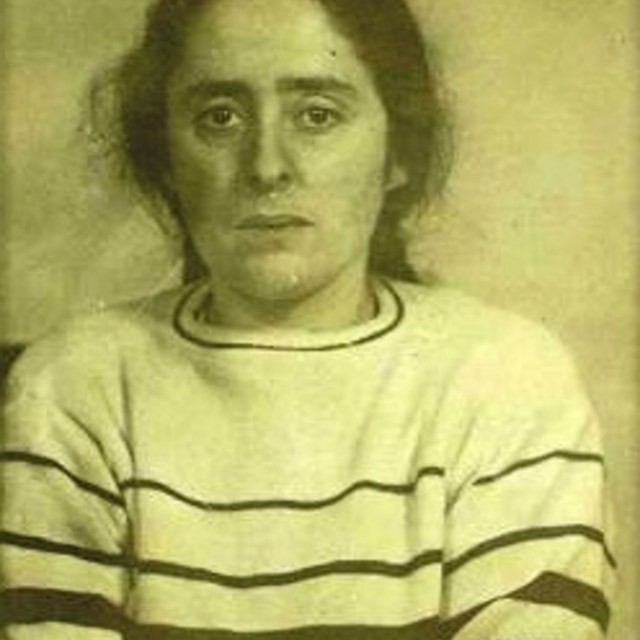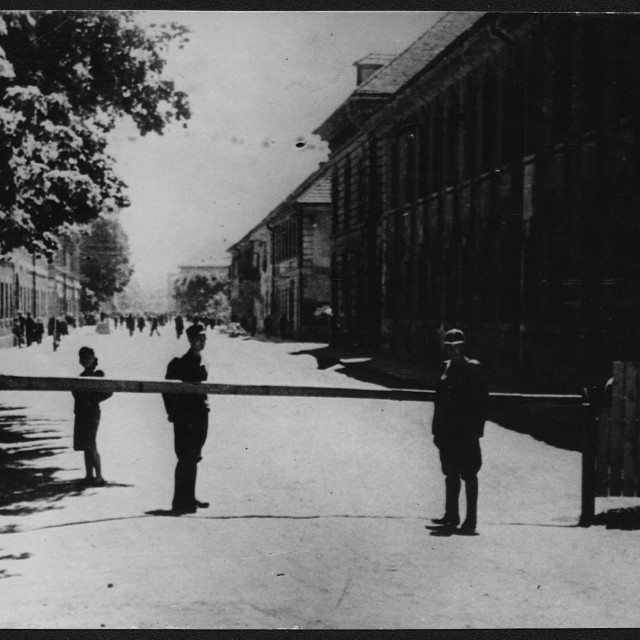I simply left the camp...
Towards the end of World War II, the prisoners of the Theresienstadt ghetto – although they had not been freed by the Allies yet and were unable to move about the camp freely – weren't as closely guarded by the administration of the camp as they had been before. Anna Magdalena Schwarz remained in Theresienstadt only with her seriously ill mother. In early May 1945, she heard Prague calling for help on the radio – the Prague uprising was just under way. Therefore Mrs. Schwarz decided to escape from Theresienstadt. Today, she recalls her escape from the Theresienstadt concentration camp with a smile: "I simply walked out of the camp." And indeed – all Mrs. Schwarz had to do in order to escape from the camp was to put on civilian clothes. She walked out the gate and after seemingly endless four years she was free. What would have been impossible just a few weeks ago was now without any consequences. Mrs. Schwarz then hitchhiked to Prague.
Hodnocení
Hodnotilo 0 lidí
Routes
Not a part of any route.
Comments
No comments yet.









